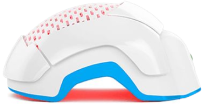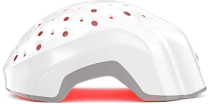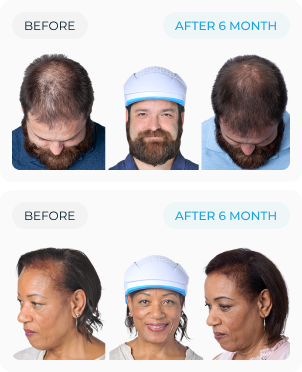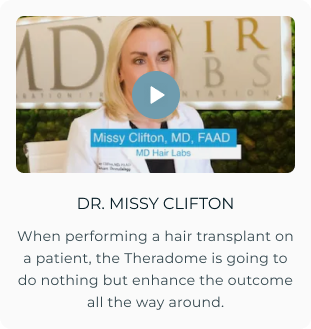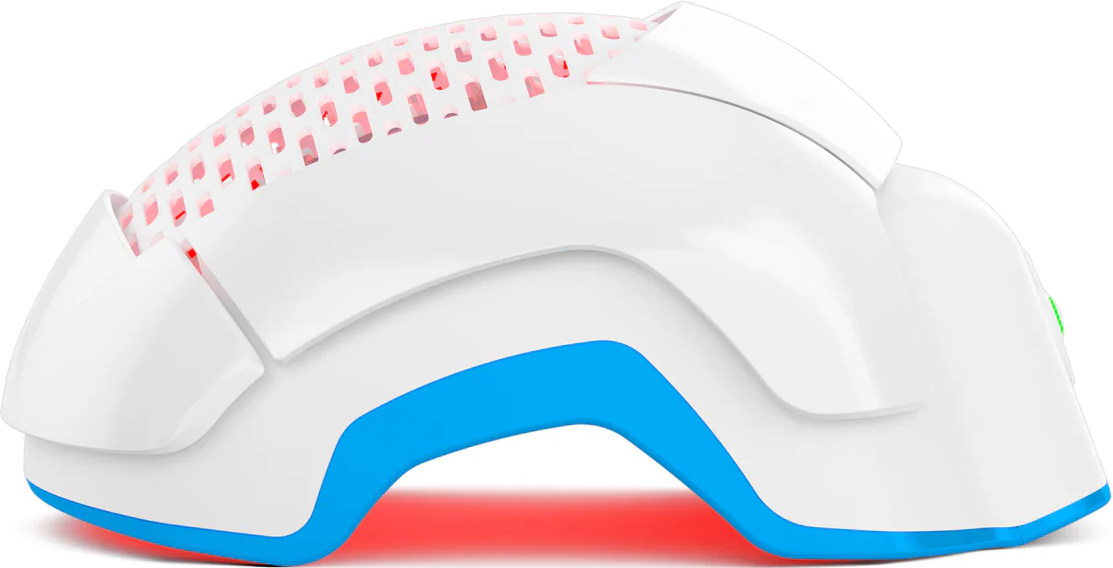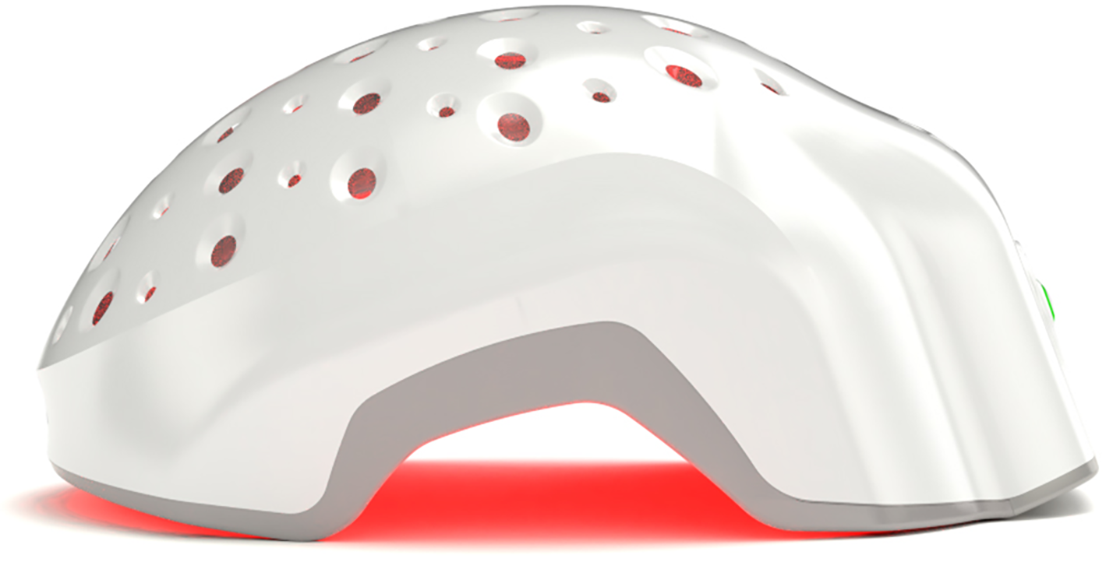Dark Skin Hair Growth - Can We Use Theradome?
Are you someone with a darker skin tone who is curious if laser hair therapy can help you restore your hair?
Or have you heard a crazy rumor that low-level laser therapy (LLLT) only works for people with light skin?
The short answer is laser hair growth therapy DOES work for people with dark skin. Best of all, you may even see better results than people with fairer complexions! Just check out these before-and-after photos for a few examples. And here for some videos.
So, where do these misconceptions come from? And why will people with dark skin potentially benefit even more from using the Theradome for hair growth?
To answer these questions, we need to understand what the Fitzpatrick scale is.
Understanding the Fitzpatrick Scale
Harvard dermatologist Thomas B. Fitzpatrick developed the Fitzpatrick scale in 1975. Today it is recognized as a standard tool in dermatology. So, what exactly is it?
Essentially, it is a numerical scale that classifies skin type according to your pigmentation level and your skin's reaction to ultraviolet sun rays. It was created to help people protect against skin cancer and other scalp damage from the sun.
The more pigmentation your skin has (meaning the darker in color), the higher you are on the Fitzpatrick scale.
Types I, II, and III all correspond to fairer skin tones, pale white to creamy white. People who classify as type I, specifically, are characterized by ivory skin, light blue, gray, or green eyes, red or blond hair, and skin that always freckles, burns, or peels when exposed to the sun instead of tanning.
When it comes to type IV, you can think of a Mediterranean complexion - olive or light brown skin that tans easily with dark brown eyes and hair.
Finally, people who classify as types V and VI have dark brown skin that always tans, brownish-black eyes, and dark brown to black hair.
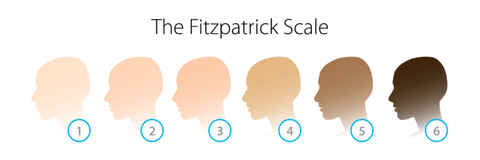
What's Behind the Myth that Laser Light Therapy Only Works on Light Skin?
So, where does the misconception come from that Theradome devices only work on light skin? Here's where it gets interesting.
Theradome is FDA-cleared for people with skin types I through IV on the Fitzpatrick scale. However, that's only because there weren't enough test subjects with skin types V and VI. This is actually the case for most clinical studies on the effectiveness of laser hair therapy.
As a result, some people incorrectly assume that LLLT only works for light to medium skin. In reality, it simply means there isn't enough data yet on how well LLLT works for skin types V and VI to satisfy the FDA's incredibly high standards.
However, because of the way laser hair therapy works, it is scientifically more effective for people with darker skin tones. Let's look at why that is.
Why Theradome is Even More Effective for Darker Skin Tones
Low-level laser therapy works by delivering a highly concentrated dose of energy to your hair follicles' mitochondria. Mitochondria are your cell's power plants. When your hair follicles die, it's because they don't have enough energy. By stimulating them with the precise right wavelength of light, you can re-invigorate them and restore hair growth.
Now, would you go outside wearing black clothes on a sunny, sweltering 100º day? No, you wouldn't because dark colors absorb more light and thus more energy. When it comes to your comfort, that's a bad thing because more light = more energy = more heat.
When it comes to hair growth, however, this works in your favor! More light = more energy = more bio-stimulation at the mitochondrial level = more hair growth. And there is no need to worry about overheating if you choose a high-quality LLLT device.
Choosing a High-Quality Laser Hair Growth Device that Actually Works
Now that you know that low-level laser therapy works to restore hair for people with darker skin tones, you're likely excited to get started! There are a lot of options out there, including cheap products that don't actually work.
So how can you choose a high-quality device that will get you results? Step one, make sure you choose a device that uses only lasers and no LEDs. LEDs are not lasers, and they are not powerful or concentrated enough to stop or reverse hair loss.
Step two, ensure that your device delivers lasers of 680nm wavelength. According to the Swedish Laser Medical Society, 680 nm is the optimal wavelength for reaching and stimulating hair follicle cells.
Step three, make sure your device has an efficient cooling mechanism to maintain optimal energy output without becoming too hot.
Finally, choose a product that is manufactured in the United States so that you can rest assured that it meets safety regulations, actually works, and was built by workers who are paid a fair wage.
Why Choose Theradome for Dark Skin Hair Growth
Theradome’s PRO LH80 and EVO LH40 laser hair growth helmets feature high-quality lasers that are “grown” right here in the US specifically to achieve the optimal 680nm wavelength. They also deliver the most power (38.4 joules/cm2) of any LLLT device for maximum hair follicle stimulation.
Additionally, our helmets have vents on their top surfaces, as well as gold-plated heat sink thermal pads to ensure optimal heat ventilation.
So, if you have dark skin are you are experiencing hair loss, Theradome laser hair growth therapy can help. Find out more about how Theradome works.
Embrace the future of hair growth with Theradome. Our cutting-edge laser helmet is here to restore your hair's vitality and thickness. Take charge of your hair destiny—act now and experience the transformation.


